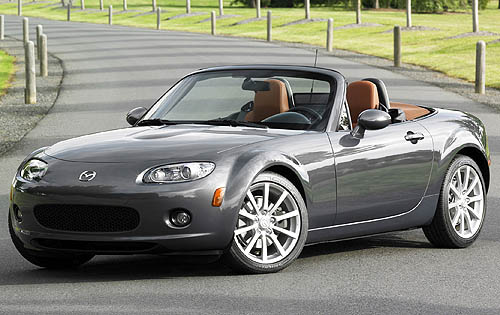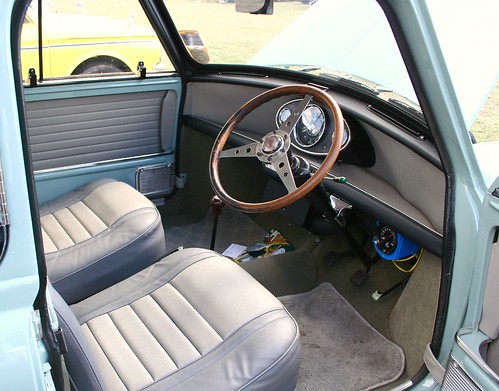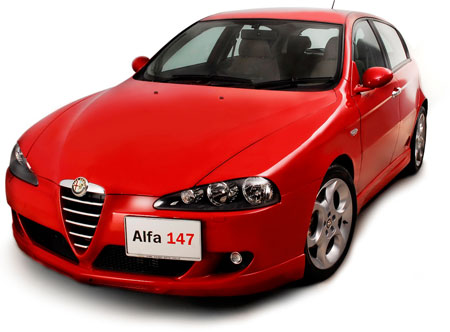These rules are as obvious to some as the need to brush their teeth twice per day. Sadly, some people are plagued by cavities as deep as the Grand Canyon and incisors that could double as the colour of the contents in a bottle of Coleman’s Mustard.
Hence the need for the idiot’s guide to safer driving:
1. Wear your seatbelt

Seatbelts can be identified by a shimmering silver buckle attached to it. Note that this buckle is not an aesthetic enhancement to your vehicle but is to be looped over your body and plugged into a socket next to the seat,. The socket itself is identifiable by a strip of red-hued plastic.
2. Lock your doors

Yes, car doors can be locked from the inside of your car too. Now, you may wonder why you’d want to lock your door if you’re already inside the car?
Well, a phenomenon called hijacking has proven as popular as passive smoking in the day and age we find ourselves inhabiting. The offenders – called “hijackers” or “thieves” - force you out of your car and steal it. The trendy “smash ‘n grab” is yet another recreational activity enjoyed by these bandits; here, your belongings are snatched off your seat through the window that has just been smashed.
Unlocked doors further provoke both activities as, believe it or not, unlocked doors can be opened. The doors can be locked by depressing mini levers on each door – to open again, pinch the lever and pull upwards.
3. Use indicators (ideally when turning)

Indicators are the flashing orange lights on cars (i.e. not the white or red ones). Indicators were named after the word “indicate”, which the English Oxford Dictionary defines as to point out, make known or show.
In the same light (excuse the pun), car indicators were designed to point out, make known and show your intention to turn.
Crucially, indicators are to be used before actually turning (just as you would point to a black Porsche 911 Turbo Tiptronic before you expect your disinterested girlfriend to turn her head and look at it).
Left indicators can be activated by depressing the indicator stalk, and the rights by doing the opposite (this varies from car to car).
4. Check blindspots

Blindspots are not actual spots (like those on a Dalmation) with the word “blind” inscribed on it. They are areas of your rearward vision which your rear-view side mirrors are not able to capture.
Blindspots can be found by turning your body in the direction you wish to turn, checking for cars, horse carts or Golden Arrow busses barrelling down at 50km/h faster than you, and then executing the manoeuvre you had planned.
Checking blindspots is an act which can be likened in significance to using your headlights at 11pm while traversing Chapman’s Peak. In other words, it’s fairly extremely vital.
5. Don’t drive drunk

Again, let’s refer to the English Oxford Dictionary to lend us a hand here. It defines “drunk” as someone who is intoxicated or inebriated. This means you’re unable to function as your normal, temperate self and that your senses are severely compromised. Essentially, you may convince yourself that you know what’s going on, but you actually really don’t.
Intoxicated individuals will likely not remember to wear their seatbelt, lock their doors, use the right indicator at the right time or locate their mirrors, let alone investigate the whereabouts of their blindspots.
Sadly, all this means that we’re all essentially surrounded by hoards of drunk drivers from twilight to dawn to noon and back again.





 It looks like its come straight out of the 20s and had been modified to fit in with 21st century design cues.
It looks like its come straight out of the 20s and had been modified to fit in with 21st century design cues.





























